Home>Interior Design>6 Small Dining Room Mistakes Design Experts Urge Us To Avoid
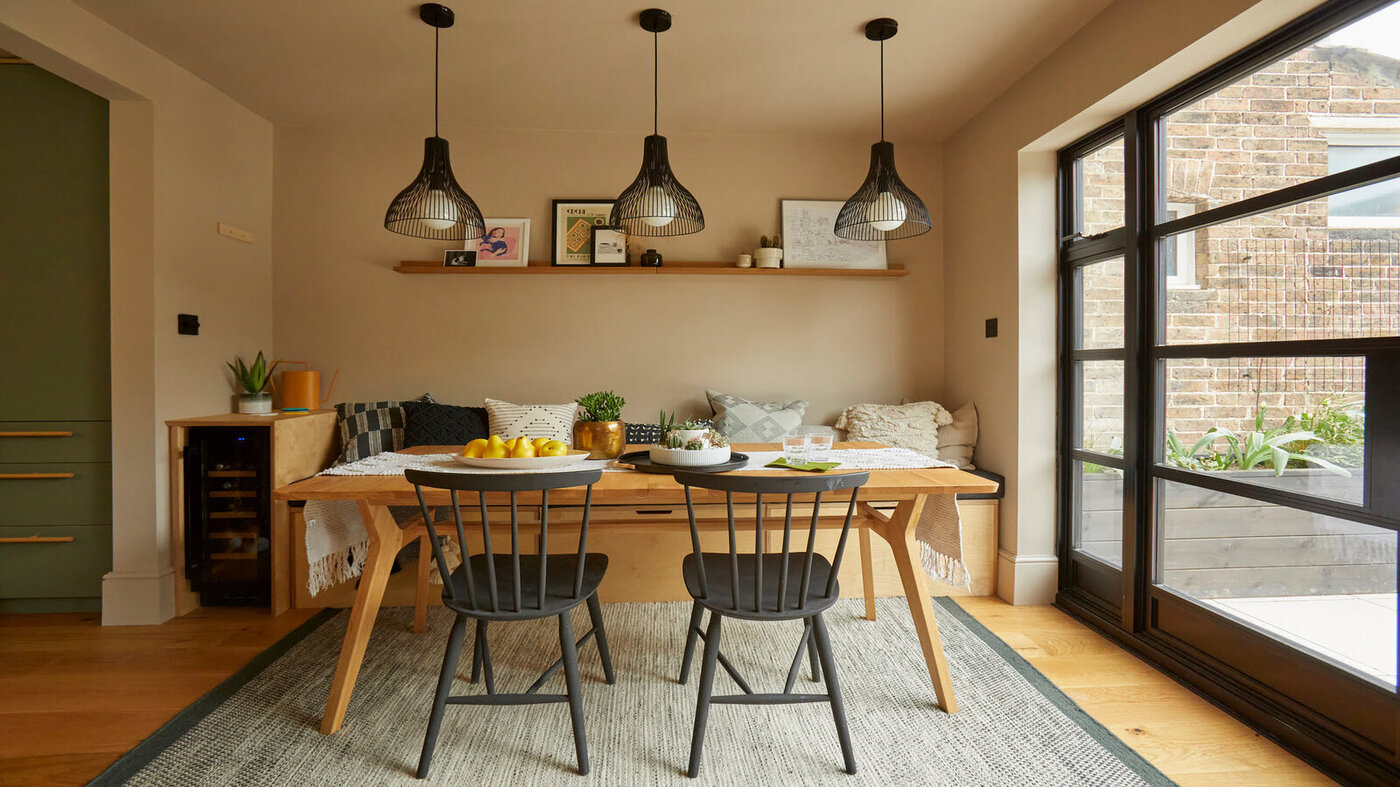

Interior Design
6 Small Dining Room Mistakes Design Experts Urge Us To Avoid
Modified: January 19, 2024
Avoid these 6 small dining room mistakes in your interior design to create a cohesive and welcoming space, as recommended by design experts.
(Many of the links in this article redirect to a specific reviewed product. Your purchase of these products through affiliate links helps to generate commission for Storables.com, at no extra cost. Learn more)
Introduction
When it comes to designing a small dining room, there are several common mistakes that design experts urge us to avoid. Creating a functional and stylish dining space in a limited area can be challenging, but with the right approach, it can become a focal point of your home. Whether you have a cozy apartment or a compact dining area, it’s important to optimize the space to make it feel open, inviting, and functional.
In this article, we will explore six small dining room mistakes that often occur and provide expert advice on how to avoid them. By understanding these pitfalls and implementing the suggested solutions, you can transform your small dining area into a beautiful and practical space that reflects your personal style and enhances your dining experience.
Key Takeaways:
- Avoid overcrowding a small dining room with excessive furniture and accessories. Prioritize essential pieces, opt for slim furniture, and keep accessories minimal to create an open and inviting atmosphere.
- Incorporate various lighting sources, such as overhead fixtures, task lighting, and natural light, to create a well-lit and visually pleasing small dining room. Don’t overlook the impact of lighting on the overall ambiance.
Mistake 1: Overcrowding the space
One of the most common mistakes people make when designing a small dining room is overcrowding the space with too much furniture or accessories. It’s understandable to want to make the most of every inch, but cramming too many items into a small area can make the room feel cramped and uncomfortable.
To avoid overcrowding, start by assessing your needs and prioritizing the essential furniture pieces. Consider a slim dining table that can easily fit into the space without overwhelming it. Opt for chairs with a smaller footprint or even consider bench seating along one side of the table to save space. Remember, less is more in a small dining area.
When it comes to accessories, keep it minimal. Avoid cluttering the table with unnecessary items and instead, opt for a simple centerpiece or a small vase of flowers. If you have wall space, consider hanging a mirror or artwork to create depth and make the room feel larger.
Lastly, make sure there is enough space for people to move around comfortably. Allow for a minimum of 36 inches of clearance between the dining table and walls or adjoining furniture. This will ensure that everyone can easily navigate the space without feeling cramped.
By avoiding the mistake of overcrowding the space, you can create a small dining room that feels open, spacious, and inviting.
Mistake 2: Ignoring lighting
Lighting is a crucial element in any interior design, and it is often overlooked in small dining rooms. Ignoring the lighting in your dining area can make the space feel dull, uninviting, and even smaller than it actually is.
To avoid this mistake, consider incorporating various lighting sources to create a layered and well-lit space. Start with a central overhead fixture, such as a pendant light or chandelier, that provides general lighting for the room. Make sure the size of the fixture is proportionate to the size of your dining table.
In addition to the overhead lighting, include task lighting to illuminate the dining table specifically. This can be achieved with wall sconces or adjustable table lamps placed strategically to provide direct light for activities such as eating and reading. These task lights will not only enhance the functionality of the space but also add a warm and cozy ambiance.
Another great way to maximize natural light in a small dining room is by using mirrors strategically. Placing a mirror opposite a window will reflect incoming natural light and make the room appear more spacious and brighter. Mirrors can also create the illusion of depth and help to visually expand the space.
Remember, lighting is not only functional but also an opportunity to add personality and style to your dining room. Consider using unique light fixtures or lamps that complement the overall design aesthetic of the room. Don’t be afraid to get creative and experiment with different lighting elements to create a warm and inviting atmosphere.
By paying attention to the lighting in your small dining room, you can transform it into a well-lit and visually appealing space that is perfect for both everyday meals and entertaining guests.
Mistake 3: Choosing the wrong table size
Choosing the wrong table size is a common mistake that can greatly impact the functionality and aesthetic of a small dining room. It’s important to select a table size that not only fits in the space but also allows for comfortable seating and movement.
When it comes to small dining rooms, it’s best to opt for a table that is proportionate to the room and accommodates the number of people typically dining in your household. Avoid oversized tables that dominate the space and make it feel cramped. Instead, consider round or oval tables which tend to take up less space and offer a more intimate dining experience.
Another consideration is the shape of the room itself. If your dining area is long and narrow, it may be more suitable to choose a rectangular table that aligns with the dimensions of the room. This will create a cohesive and visually pleasing layout.
Additionally, think about the flexibility of the table. Extending or drop-leaf tables are excellent options for small dining rooms as they can be expanded when needed and easily folded away when not in use, saving valuable space. They provide the best of both worlds, allowing you to optimize space while still accommodating larger gatherings when necessary.
Lastly, pay attention to the height of the table. In a small dining room, consider a table with a lower height or one that can be paired with chairs or benches that have a slimmer profile. This helps to create a visually lighter and less obtrusive look.
By choosing the right table size for your small dining room, you can maximize the functionality of the space and create a comfortable and inviting area for meals and gatherings.
When designing a small dining room, avoid oversized furniture that can make the space feel cramped. Opt for smaller, more proportionate pieces to create a more open and inviting atmosphere.
Mistake 4: Neglecting storage solutions
When designing a small dining room, overlooking storage solutions is a common mistake that can lead to a cluttered and disorganized space. It’s important to incorporate smart storage solutions to keep the area tidy and maximize the available space.
One of the most effective ways to add storage in a small dining room is by utilizing furniture with built-in storage. Look for dining tables with drawers or shelves underneath where you can store extra cutlery, table linens, or even board games. Another option is to invest in a buffet or sideboard that offers both storage and serving surface. These pieces can be placed against the wall, saving valuable floor space.
Wall-mounted shelves or cabinets are also great storage alternatives for a small dining room. They can be used to display and store dishes, glassware, or even decorative items. By utilizing vertical space, you free up valuable countertop or floor space, making the room feel less cluttered.
Don’t forget to make use of empty walls by adding hooks or racks for hanging items such as aprons, towels, or even wine glasses. This not only adds storage but also adds visual interest to the room.
Lastly, consider multifunctional furniture pieces. For example, a bench with built-in storage can provide seating while also serving as a place to store extra pillows or tablecloths. Ottomans with hidden storage compartments are another great option for storing small items.
By incorporating thoughtful and creative storage solutions, you can maintain a clean and organized small dining room that not only looks visually appealing but also functions efficiently.
Mistake 5: Lack of personality and style
One of the most important aspects of interior design is infusing your space with personality and style. Unfortunately, a common mistake in small dining rooms is the lack of attention to these elements, resulting in a space that feels generic and uninspiring.
To avoid this mistake, consider adding personal touches that reflect your unique style and taste. Start by selecting a color palette that resonates with you. Whether it’s bold and vibrant or soft and neutral, choose colors that create a welcoming and visually appealing atmosphere.
Next, think about incorporating decorative elements that showcase your personality. This could be through artwork, photographs, or even a collection of objects that hold sentimental value. Don’t be afraid to mix and match different textures, patterns, and materials to add visual interest to the room.
Additionally, pay attention to the dining chairs. Instead of opting for generic chairs, choose ones that are stylish and comfortable. They can be upholstered in a fabric that complements the overall design scheme or have unique details that make them stand out.
Lighting fixtures also play a crucial role in adding style and personality to a small dining room. Consider selecting a statement pendant light or a chandelier that serves as a focal point, instantly elevating the design of the space.
Lastly, don’t forget about the tabletop. Dressing up the dining table with beautiful table linens, stylish dinnerware, and decorative centerpieces can instantly enhance the overall ambiance of the room.
By taking the time to infuse your small dining room with personality and style, you can create a space that reflects your individuality and makes dining a truly enjoyable experience.
Mistake 6: Disregarding the flow of the room
When designing a small dining room, it’s important to consider the flow and functionality of the space. Disregarding the flow of the room is a common mistake that can hinder the overall comfort and usability of the dining area.
One key aspect to consider is the placement of furniture. It’s crucial to arrange the dining table and chairs in a way that allows for easy movement and accessibility. Avoid placing furniture in cramped corners or against walls that obstruct the flow of traffic. Instead, leave enough space for chairs to be pulled out and people to move around comfortably.
Furthermore, pay attention to the doorways and entrances to the dining room. Ensure that they are clear and unobstructed, allowing for seamless transitions between the dining area and other parts of the home.
Another factor to consider is the positioning of the dining table in relation to natural focal points in the room. If there is a window with a beautiful view or a fireplace, consider orienting the table to take advantage of these features. This not only enhances the visual appeal of the space but also creates a more enjoyable dining experience.
Additionally, think about the placement of additional furniture or storage solutions. Avoid blocking pathways or creating visual obstructions that make the room feel cramped. Instead, find a balance between functionality and maintaining an open and spacious feel.
Lastly, consider the overall flow and connection between the dining room and adjacent spaces. If possible, create a seamless transition by using complementary colors, materials, or design elements. This cohesiveness will make the small dining room feel like an integrated part of the larger space.
By taking into account the flow of the room and ensuring a well-planned layout, you can create a small dining area that is both visually pleasing and functional for everyday use.
Conclusion
Designing a small dining room can be a challenging task, but by avoiding common mistakes, you can create a functional and visually appealing space that maximizes every inch. Throughout this article, we’ve explored six crucial mistakes that design experts urge us to avoid when designing a small dining area.
First and foremost, overcrowding the space with too much furniture or accessories can make the room feel cramped and uncomfortable. Prioritize essential pieces and opt for slim furniture to create a more open and inviting atmosphere.
Ignoring lighting is another mistake that can make a small dining room feel dull and uninspiring. Incorporate various lighting sources, such as overhead fixtures, task lighting, and natural light, to create a well-lit and visually pleasing space.
Choosing the wrong table size can significantly impact the functionality of a small dining room. Opt for a table that is proportionate to the room, accommodating the number of people in your household, and consider extendable options to cater to larger gatherings when needed.
Neglecting storage solutions can result in a cluttered and disorganized space. Incorporate furniture with built-in storage, wall-mounted shelves, and hooks to effectively utilize space and keep the area tidy.
A lack of personality and style can make a small dining room feel generic. Infuse your unique style by selecting a color palette, incorporating personal touches, and paying attention to decorative elements and lighting fixtures.
Lastly, disregarding the flow of the room can hinder the overall functionality and comfort of a small dining area. Arrange furniture to allow for easy movement, clear pathways, and consider the placement in relation to natural focal points in the room.
Incorporating these expert tips into your design process will help you avoid these common mistakes and create a small dining room that is both functional and stylish. Remember, with careful planning, creativity, and attention to detail, you can transform your small dining area into a delightful space that enhances your dining experience and impresses your guests.
Frequently Asked Questions about 6 Small Dining Room Mistakes Design Experts Urge Us To Avoid
Was this page helpful?
At Storables.com, we guarantee accurate and reliable information. Our content, validated by Expert Board Contributors, is crafted following stringent Editorial Policies. We're committed to providing you with well-researched, expert-backed insights for all your informational needs.
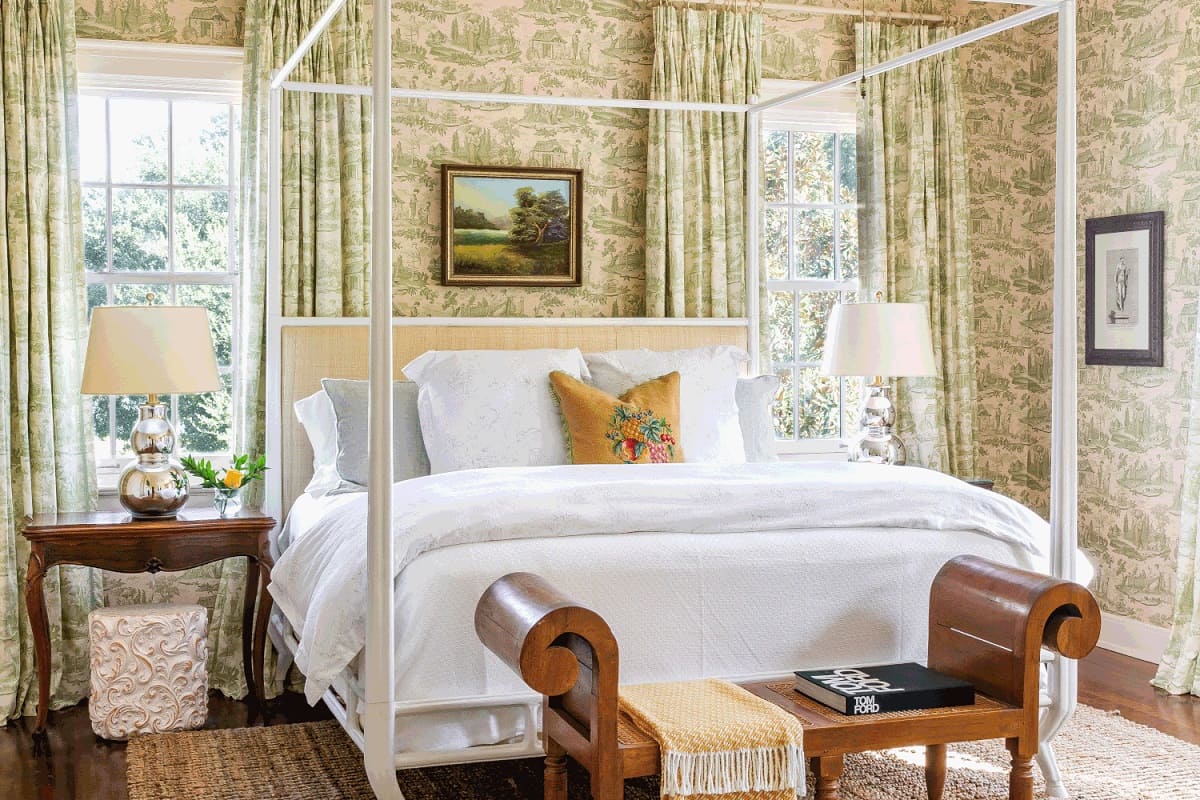
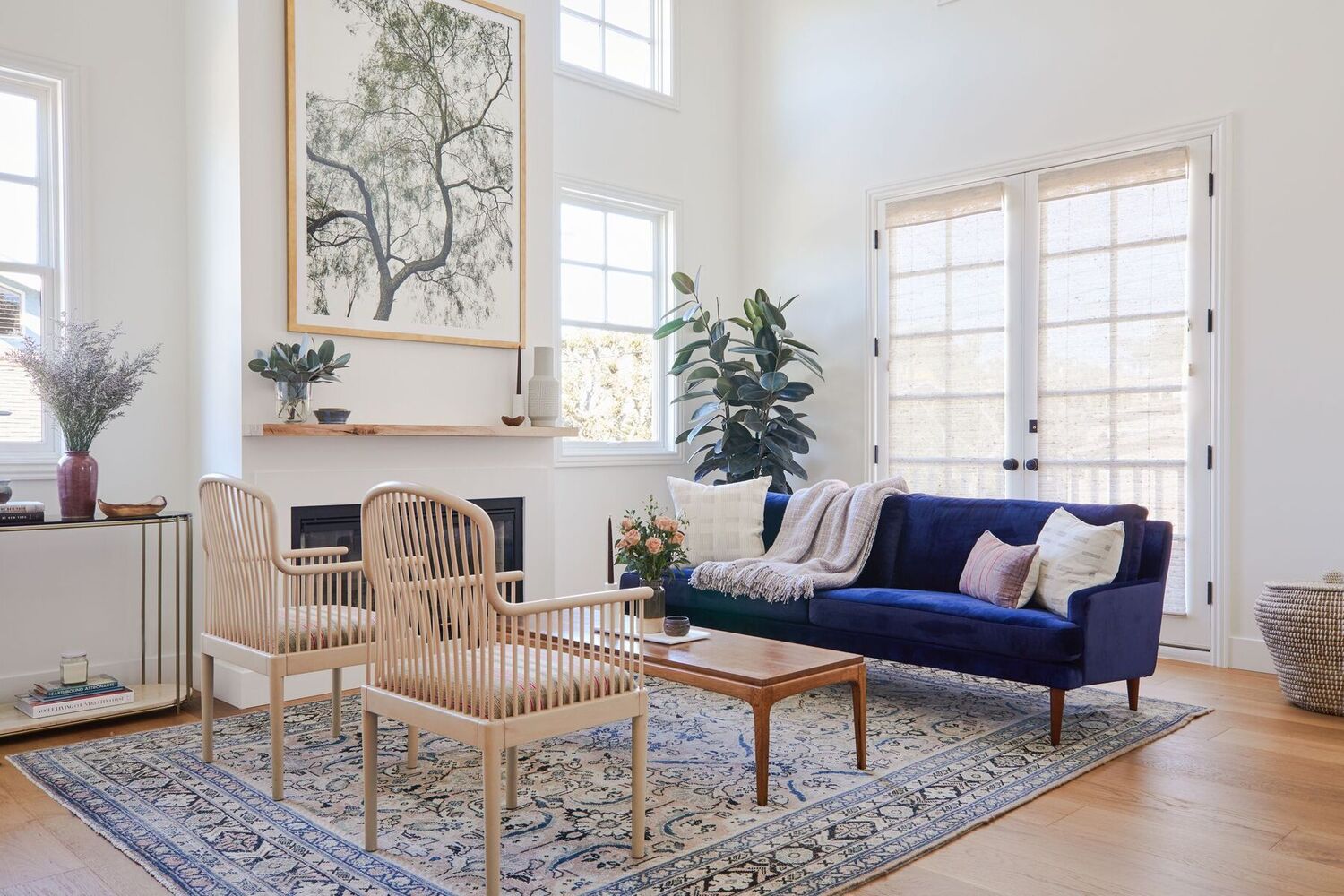

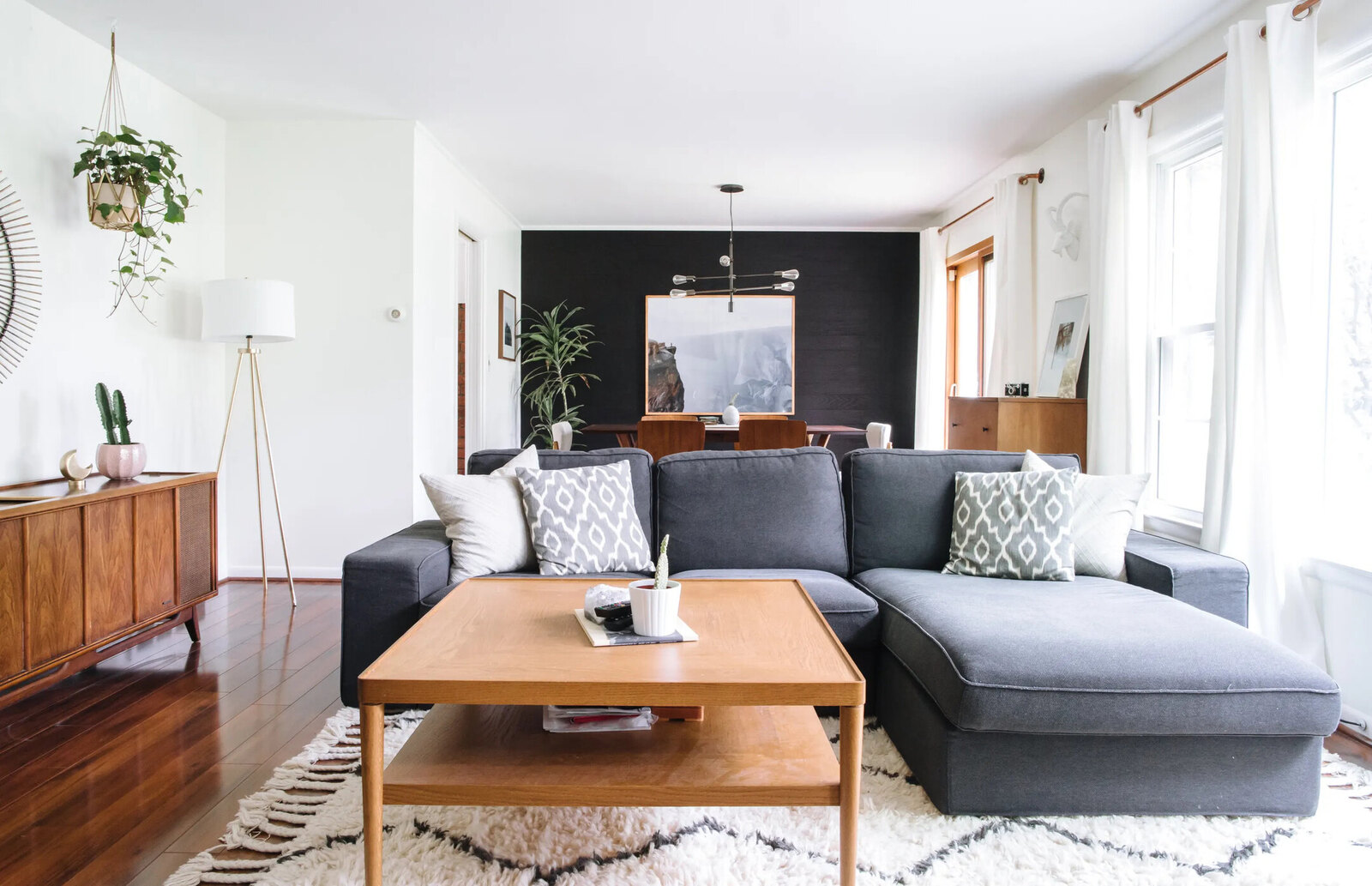
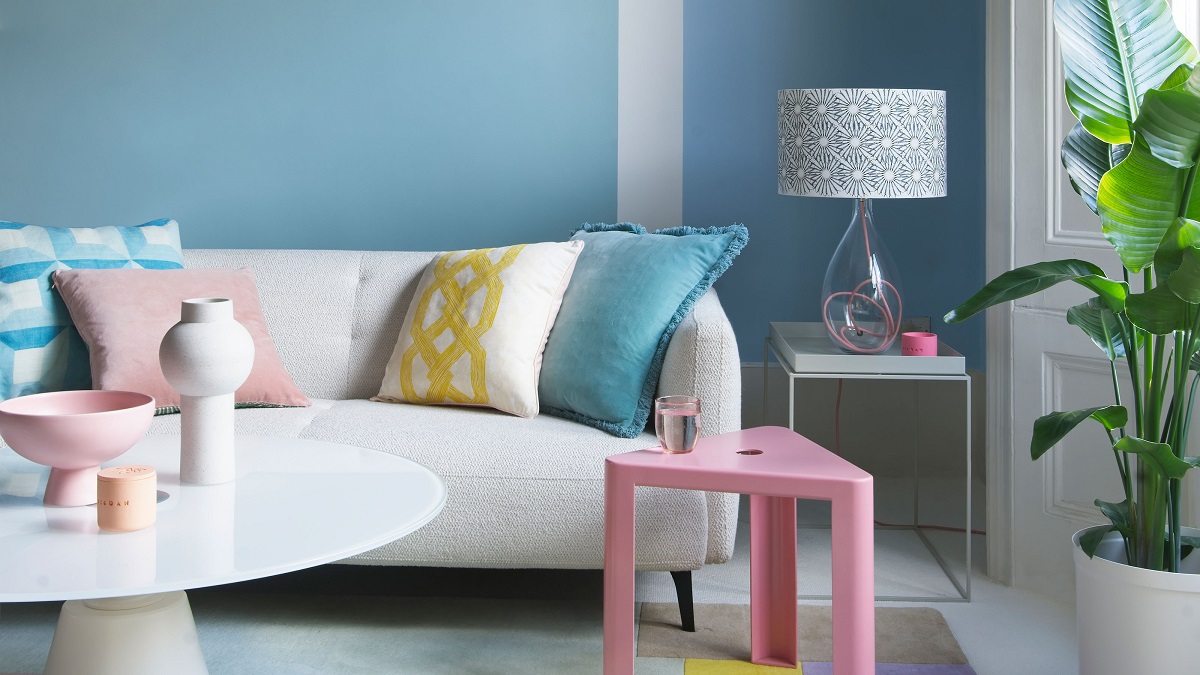
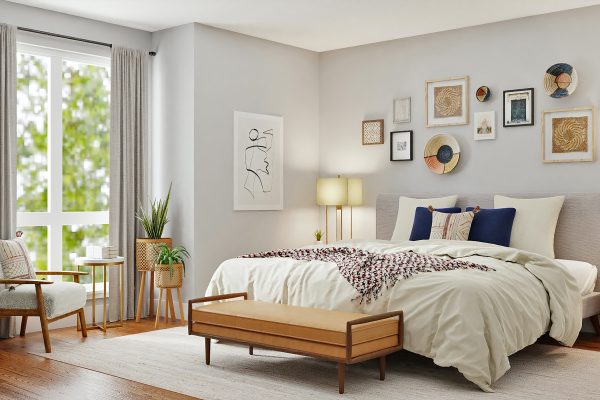
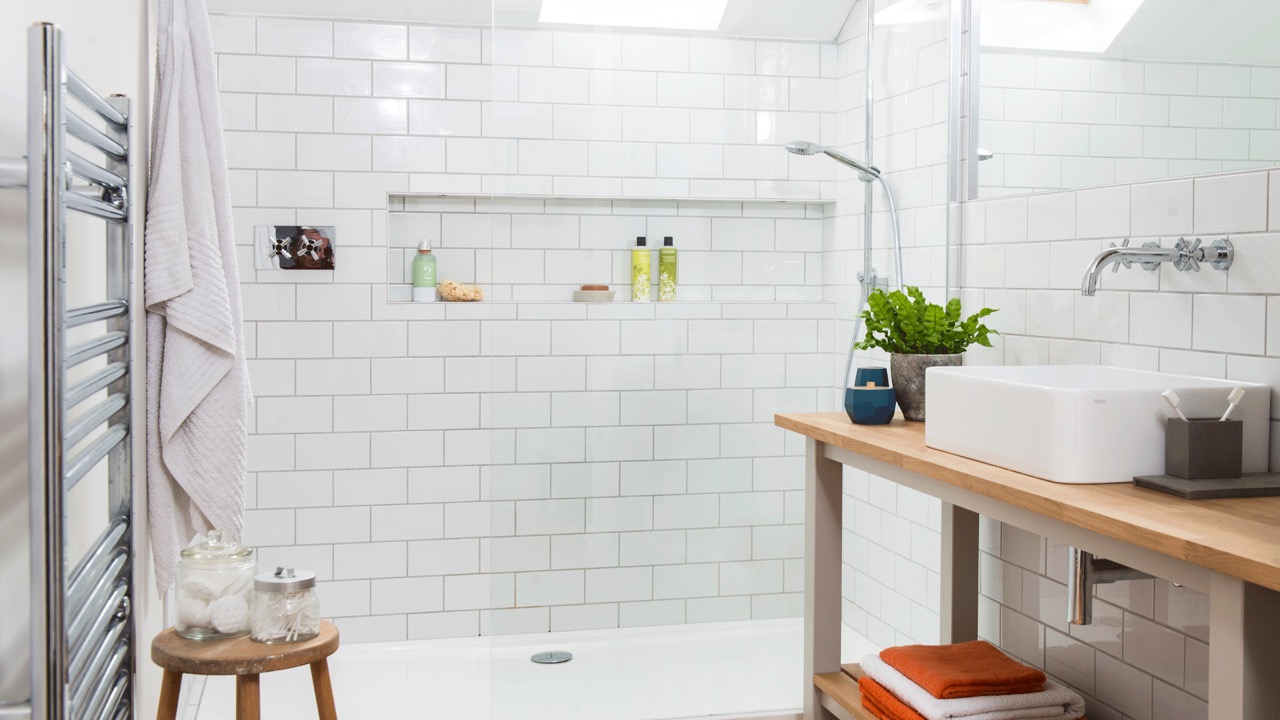
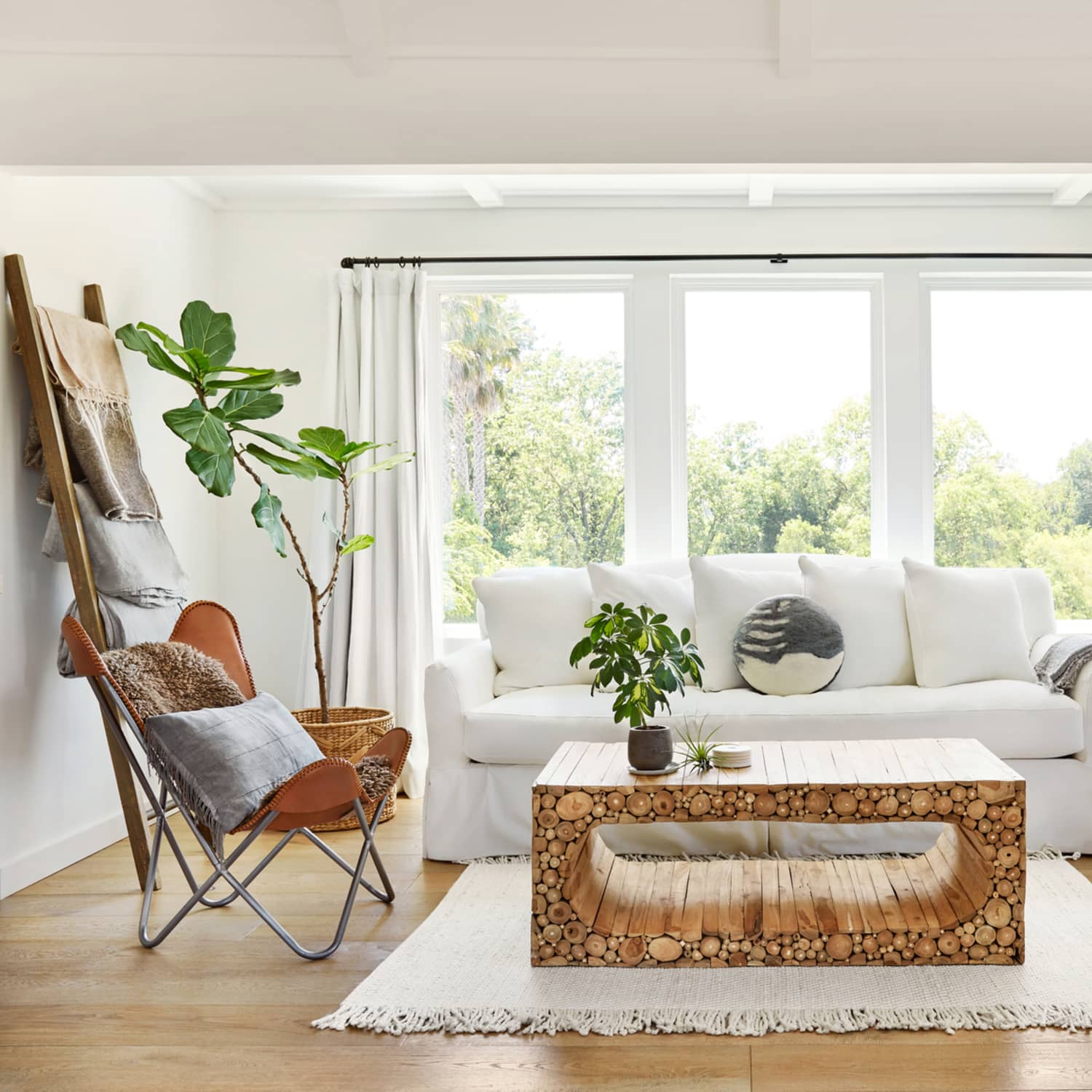
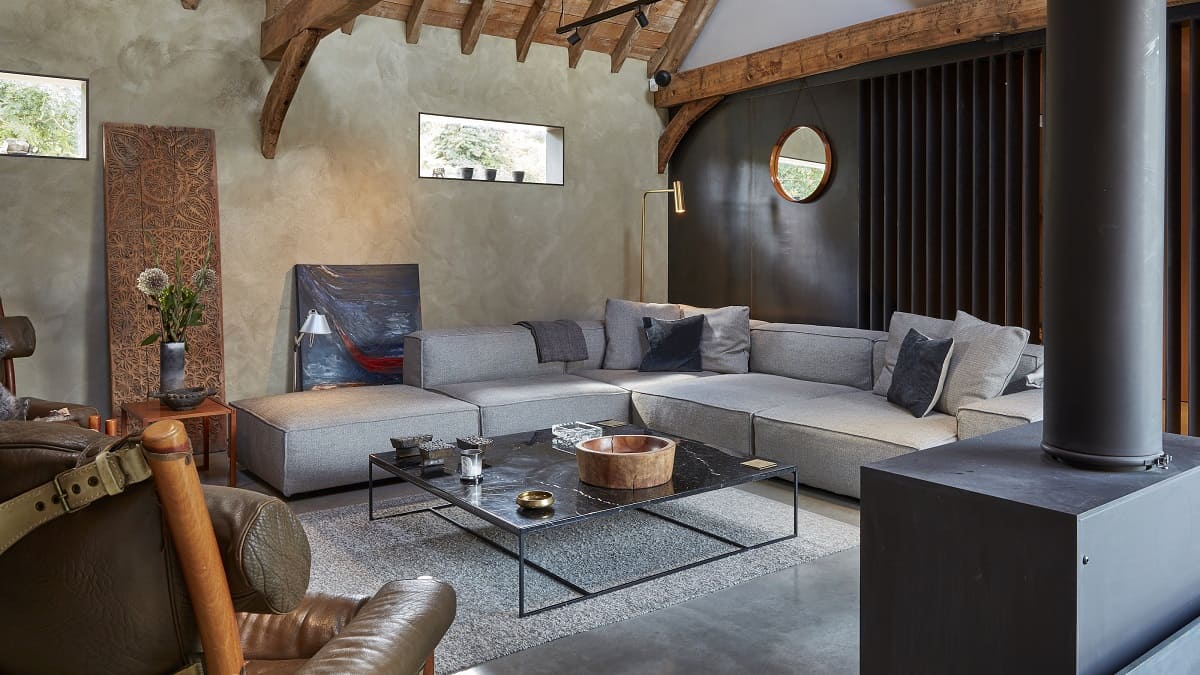
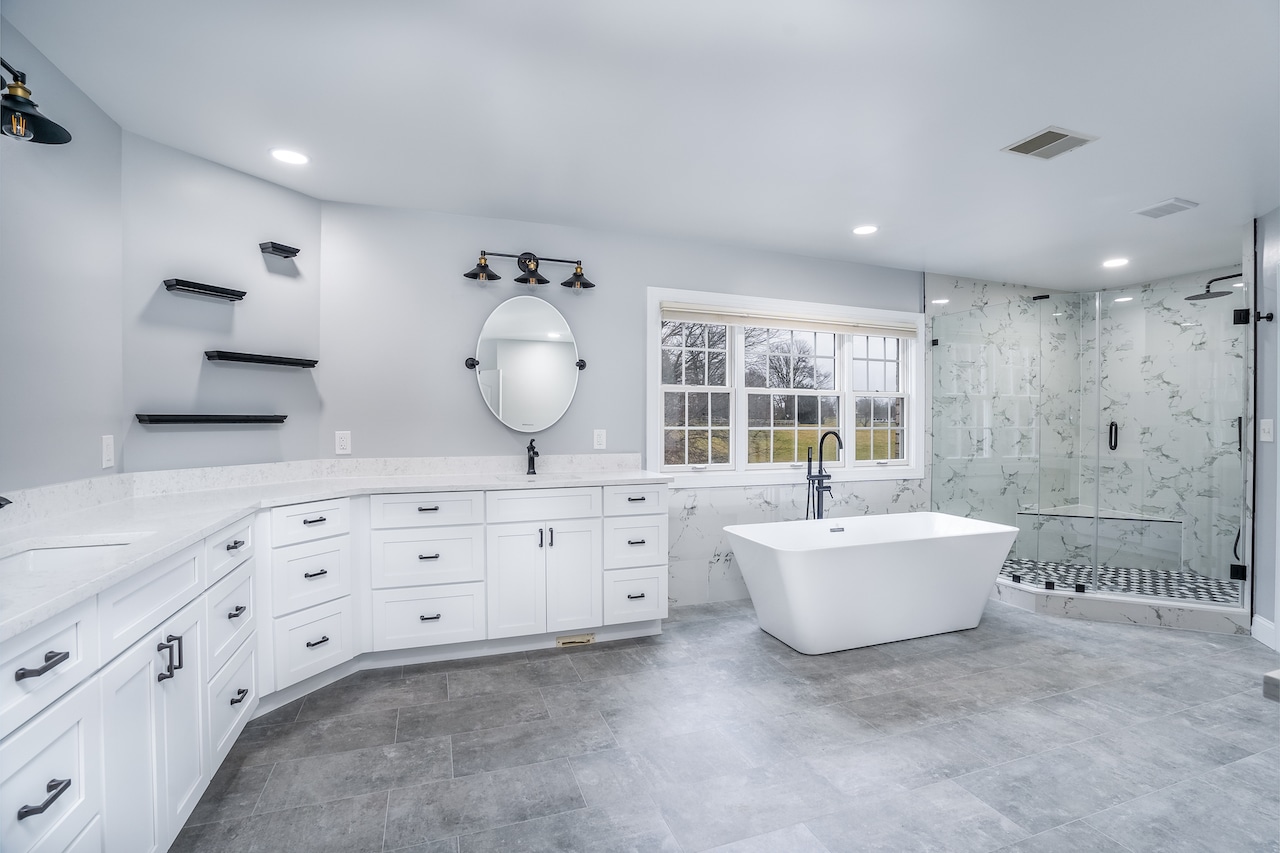
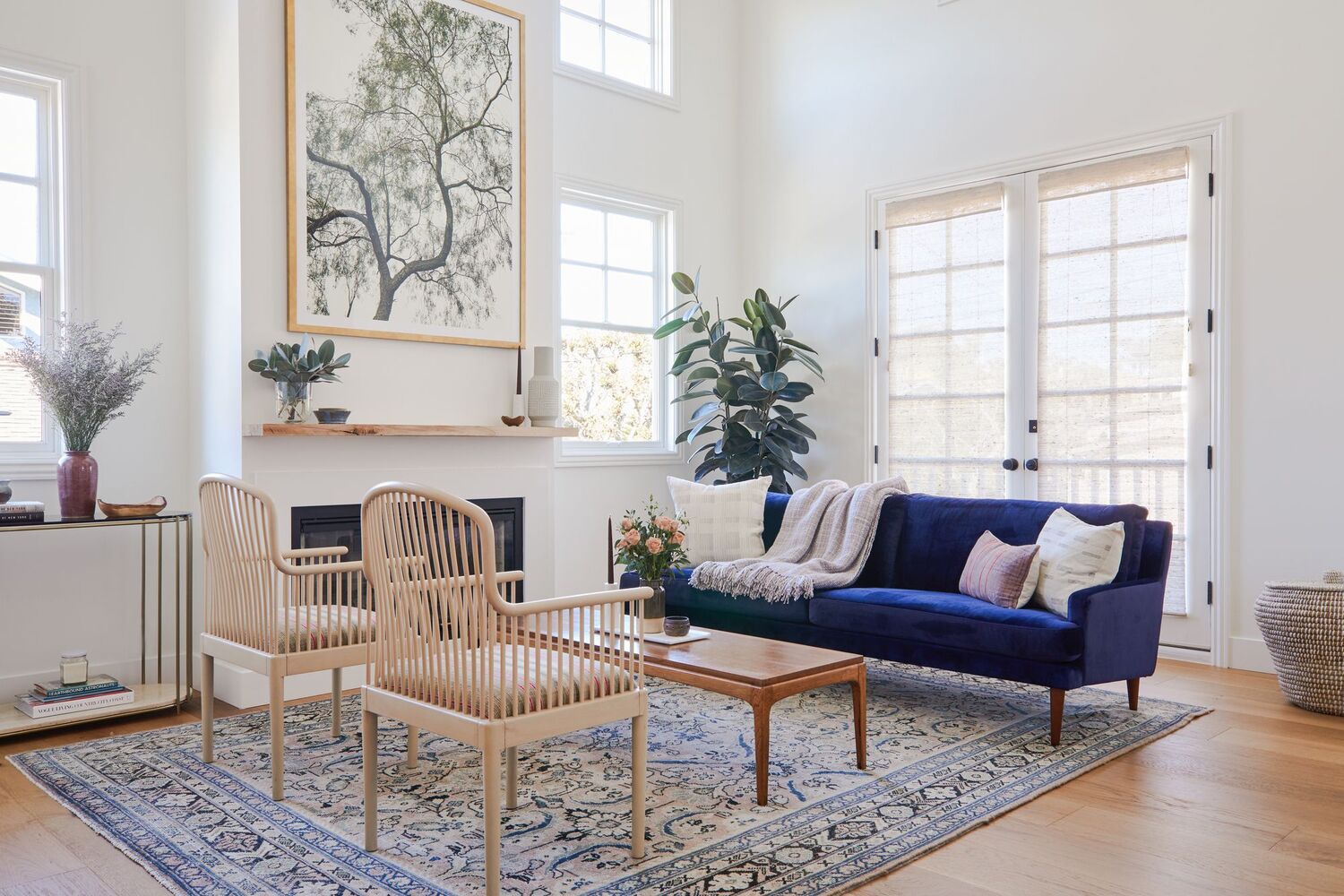
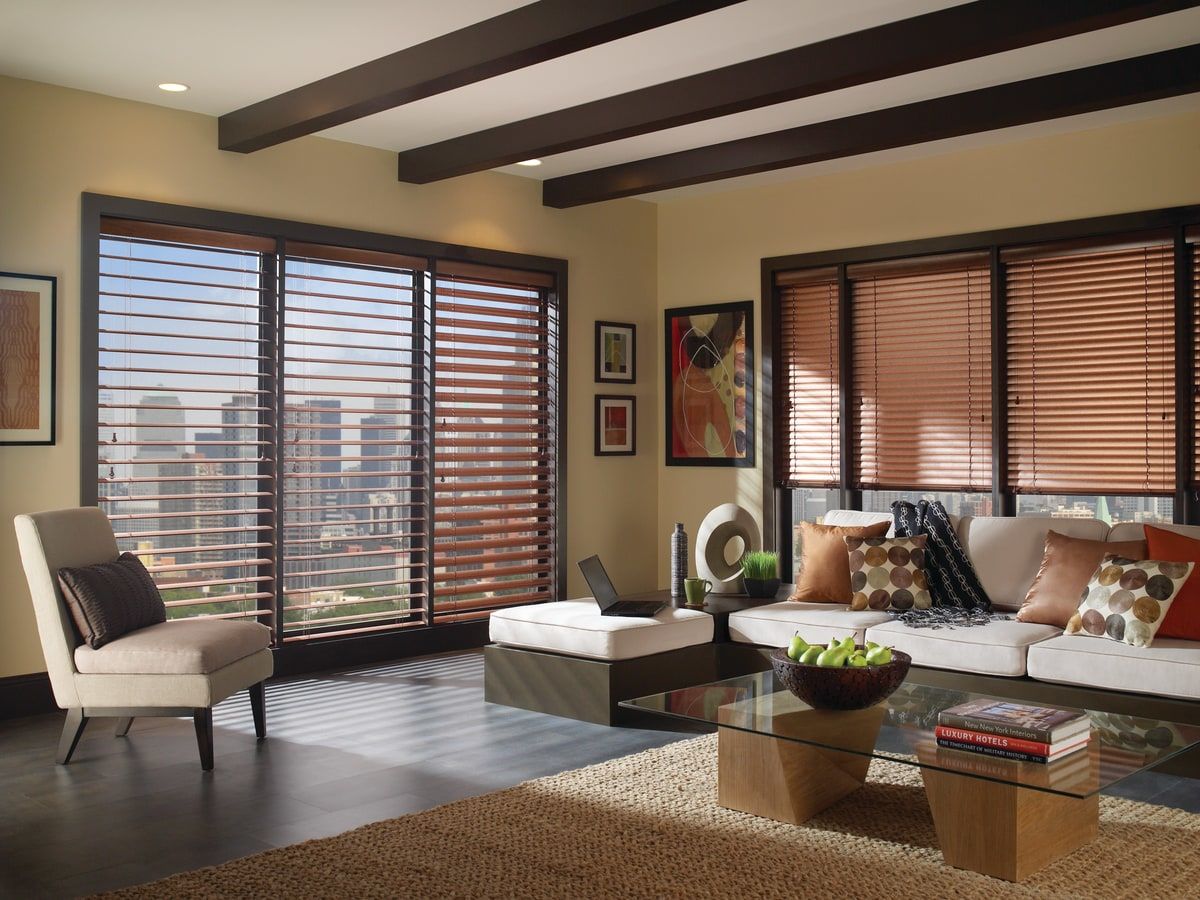
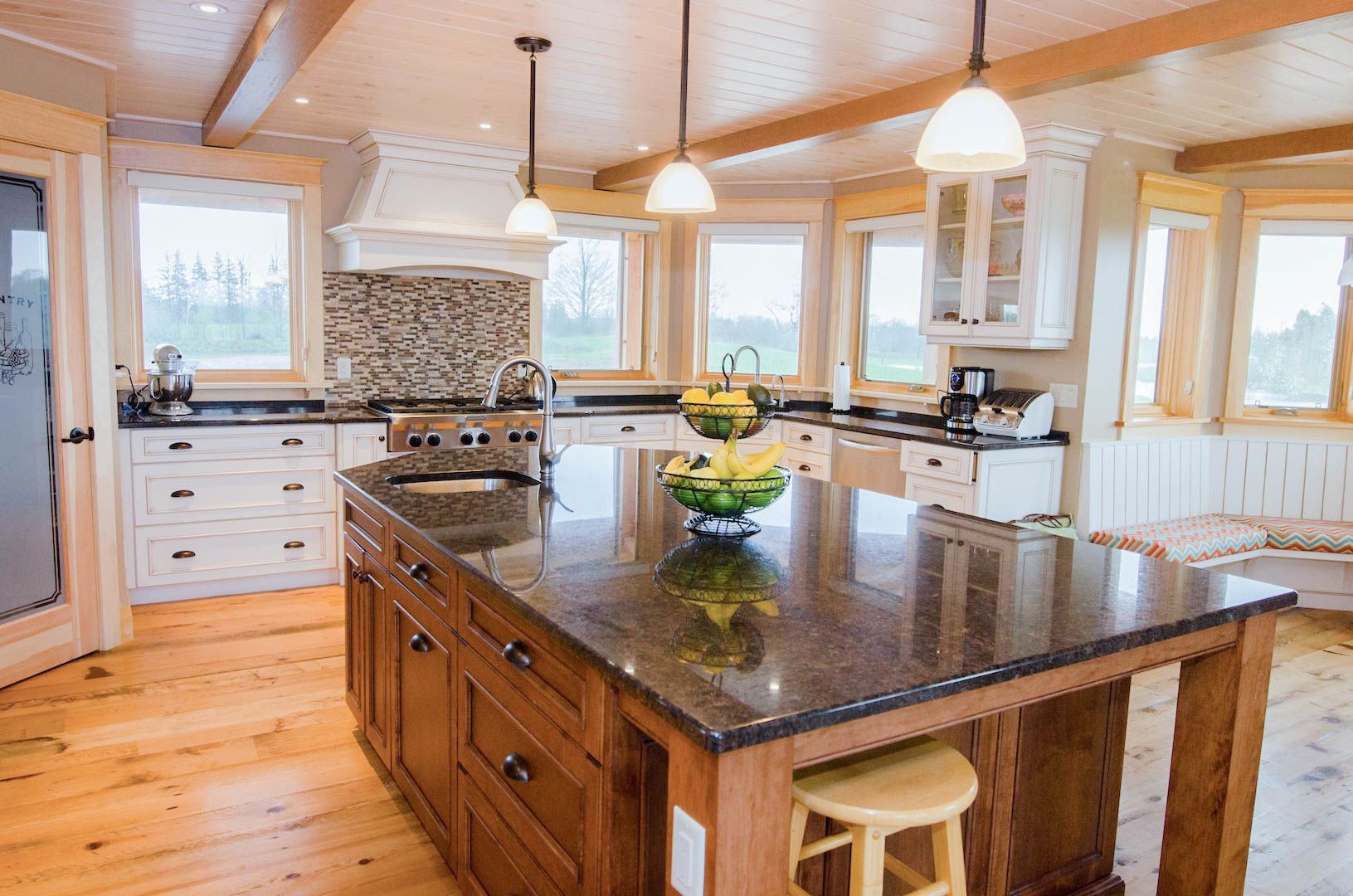
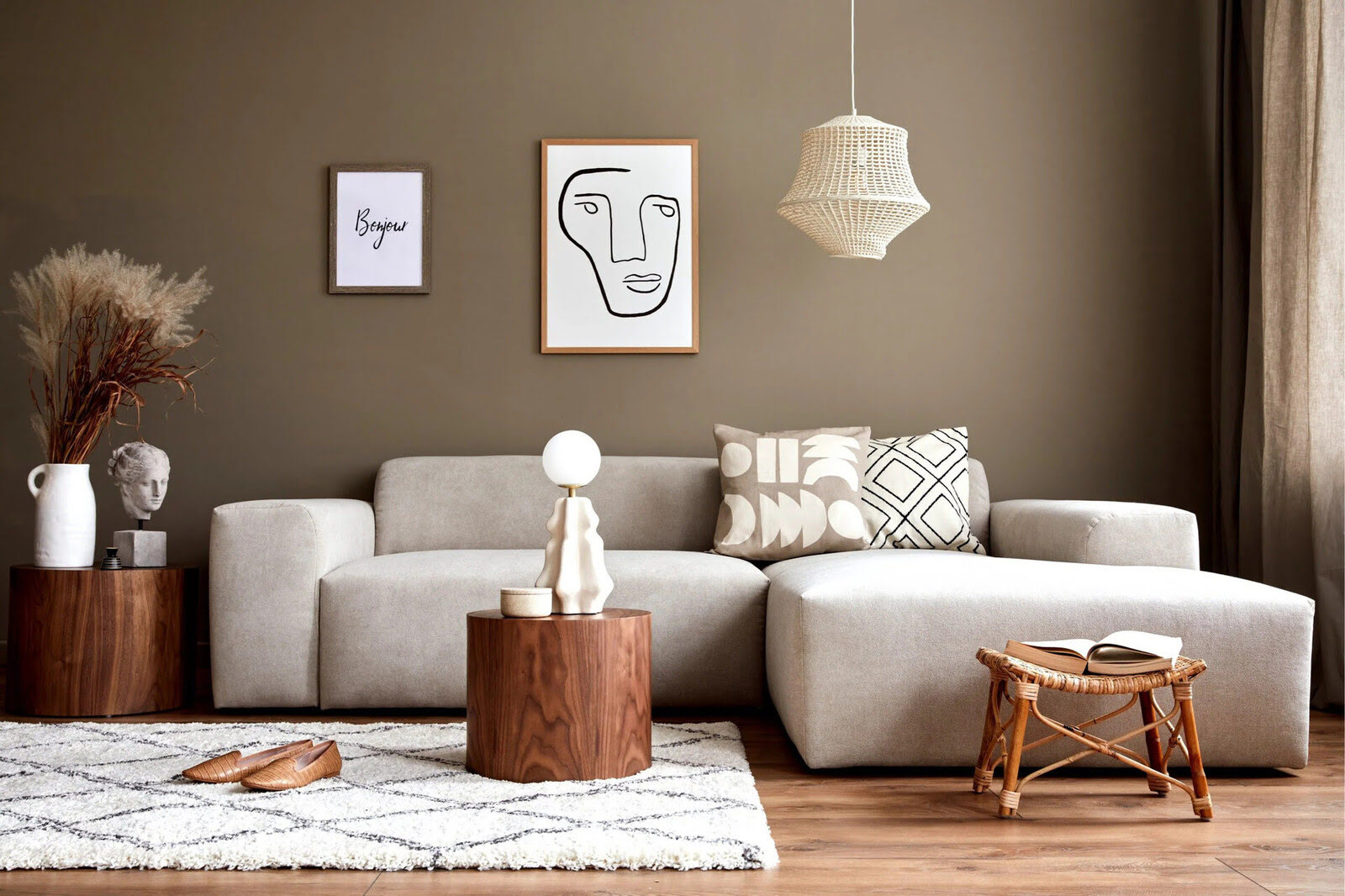

0 thoughts on “6 Small Dining Room Mistakes Design Experts Urge Us To Avoid”